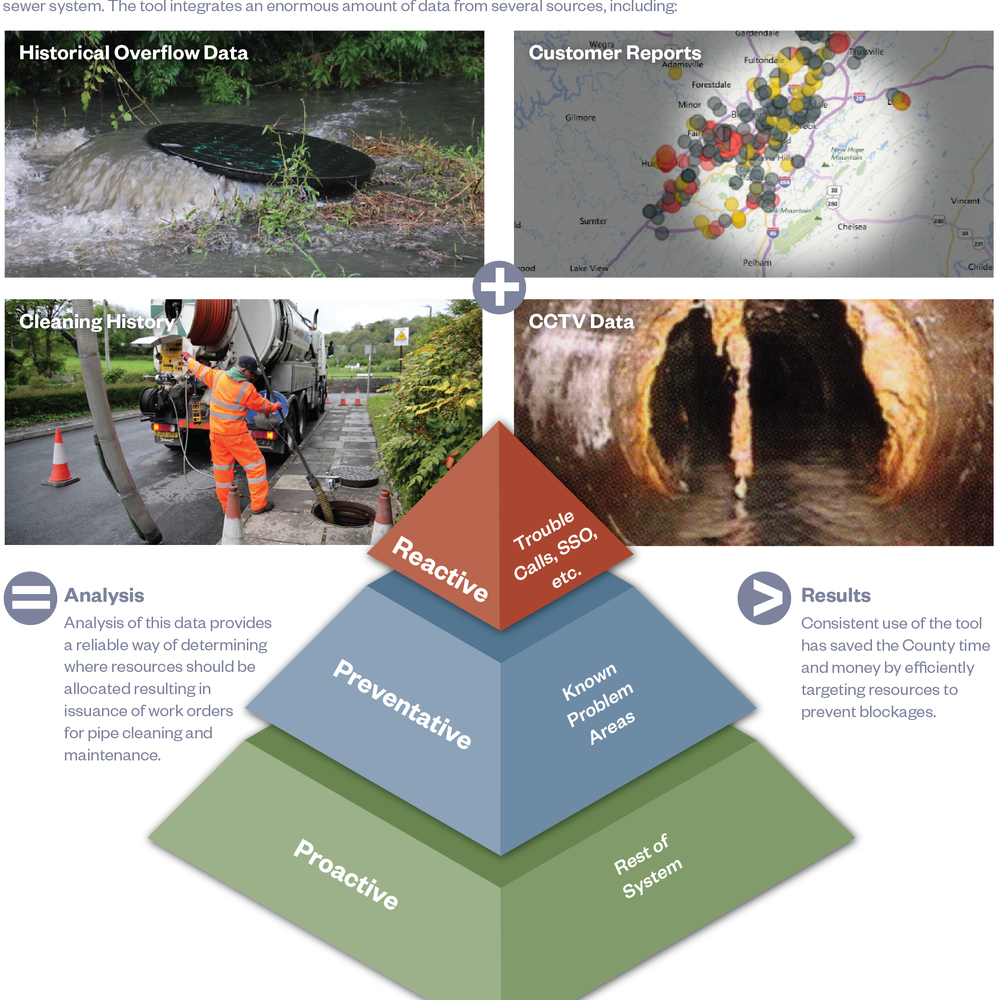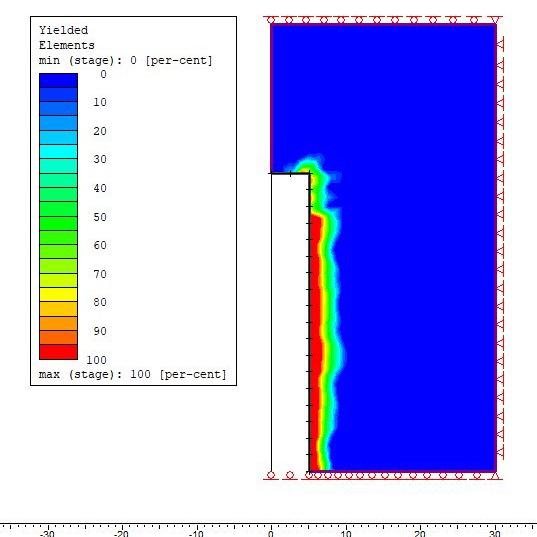Trenchless Construction in an International Access Channel

The Port of Miami is the second largest economic generator in Miami-Dade County and, as a result, recently signed a Memorandum of Understanding with the Panama Canal Authority to promote new business growth via the all water route between Asia and North America’s East Coast through the expanded Panama Canal. The Port of Miami Improvements Program, which consists of various projects (including the utility relocation, a dredging operation, and a traffic tunnel), is anticipated to greatly enhance the local economy, maximizing utilization of port property while improving access for ships, commercial trucks, personal vehicles, and rail cars.
As part of the program, Hazen and Sawyer recently provided fast-track design-build services to replace underwater pipelines to prepare for the dredging of the Port of Miami access channels to accommodate “New Panamax” ships allowed by the deepened Panama Canal. The Port of Miami was the only port south of Norfolk, VA., capable of being deep-dredged by 2014. This is the largest design-build project the Miami-Dade County Water and Sewer Department (MDWASD) has undertaken and the first to be completed under the federal and state Consent Decree to upgrade the County sewer system.
Government Cut Utility Relocation Projects
The Government Cut Utility Relocation Projects consist of the replacement of a critical 30-year old, 54-inch collection system sewage force main, and a 20-inch water main below the shipping channels of the Port of Miami via the design-build approach. Ric-Man Construction led the construction team; Hazen and Sawyer led the design team. The primary driver of the design was the installation method. A trenchless method was selected to minimize the environmental impacts and also to allow for deeper installation beneath the seabed to enable dredging of the shipping channel in the Port of Miami to accommodate the deeper draft vessels traveling through the Panama Canal.
24-inch Water Main Installation – Horizontal Directional Drilling
MDWASD owns, operates, and maintains a 20-inch diameter ductile iron loop from the City of Miami to the Port of Miami, Fisher Island, Virginia Key, and back to the City of Miami. The main provides potable water service to the Port of Miami, Fisher Island, and Virginia Key from two directions and is critical to the cruise ship industry, since the ships take on water from the Port for distribution to the Caribbean Islands.
The water main replacement was originally proposed to be installed via an 850-foot long, 60-inch diameter micro-tunnel across Fisherman’s Channel (between the Port of Miami and Fisher Island). However, in an effort to minimize project risks, reduce costs, minimize environmental impacts, expedite the schedule, and cause minimal disruption to the community, the design-build team completed the installation via a 140-foot deep and 1,600-foot long 24-inch diameter horizontal directional drill (HDD).
Related Topics:

Several material options were considered for the HDD installation. Steel was not implemented into the design due to cost, high susceptibility to corrosion in a salt water environment, and additional QA/QC time required for analyzing and testing of welded joints. After careful consideration, DR11 HDPE with PE 4710 resin was selected as the pipe material due to its inherent ability to withstand higher tension loads and greater service life.

The first step to installing the pipeline was to drill an 8-inch pilot hole from the Port of Miami to Fisher Island using a 550 ton drilling rig. Once the pilot hole was established, the bore hole was increased via a two-pass reaming process, first with a 26-inch reamer and later to its final size with a 42-inch reamer. After the reaming process was completed, the 24-inch HDPE pipe was pulled from Fisher Island to the Port of Miami. All 1,600 feet of pipe had already been fused and laid along the edge of the Fisher Island golf course. The pullback was coordinated with Fisher Island officials in order to not interrupt their commercial ferry access. Once the HDPE pipe was pulled through, approximately 500 feet of 24-inch ductile iron pipe was installed and connected to the existing 20-inch water main via two hot taps. This approach minimized the potential for water service interruptions while the connections were made.
Coordination with the Port of Miami was critical to minimize impacts to operations and other improvement projects. In addition, all of the environmental resource and coastal construction permits were fast-tracked in order to maintain the project schedule. Due to the fast-tracked permits, this portion of the project was completed on budget and six months ahead of schedule.
60-inch Force Main Installation – Micro-Tunneling
The MDWASD also owns, operates, and maintains a 54-inch diameter pre-stressed concrete cylinder pipe (PCCP) force main that transmits wastewater from the City of Miami Beach (and from communities further north including Surfside, Bal Harbour, Bay Harbor Islands, and North Bay Village), under Government Cut, across Fisher Island, and under Norris Cut to the 143-mgd Central District Wastewater Treatment Plant (CDWWTP) at Virginia Key. The pipe does not have redundancy and could not be taken out of service.
The force main replacement was completed via a 72-inch diameter micro-tunnel from Fisher Island to an in-water shaft south of Miami Beach. The 1,100-foot long micro-tunnel, installed at a depth of 80 feet, carries a new 60-inch fiberglass-reinforced pipe.
For the installation of the force main, a launch shaft was designed at Fisher Island and a retrieval shaft was designed in the shallow waters at the edge of the Government Cut shipping channel. The launch and retrieval shafts were constructed by the secant pile method where drilled concrete shafts overlap to form cut-off walls. Each shaft included a bolted-together corrugated metal piping liner grouted inside the shaft to ensure the structure was water tight. The selected micro-tunnel boring machine allowed for a significant reduction in the retrieval shaft diameter, thus reducing the risk of water intrusion, as well as reducing environmental impacts and construction costs. A large coral relocation and mitigation program was also completed to protect and preserve benthic communities and coral species thriving in the Biscayne Bay.

The 13-foot and 20-foot diameter secant pile wall shaft designs featured four built-in unique water tightness features – an external grout column, a secant pile shaft structure, a grouted annulus, and a steel can liner - all working together to form a 100-foot deep water tight structure.
During construction, an inspection of the condition of the existing 54-inch force main found several defective segments between the in-water retrieval shaft and the City of Miami Beach force main that discharges into the MDWASD pipeline. As a result, the design-build team installed a second 700-foot long, 60-foot deep, 72-inch micro-tunnel from a new launch shaft in Miami Beach to the in-water retrieval shaft to replace the defective pipe segment.

Project Completion
Construction began in April 2011 and installation of both pipelines was completed by September 2013 in time for the commencement of the dredging project at the Port of Miami, which will bring the depth of the shipping channels from 42 feet to 50 feet. Work was completed without interrupting services to the residents in the coastal and northern Miami-Dade County areas.
“I’m proud of our team at the Water and Sewer Department for bringing this complex, high-stakes project in on time and within budget,” said Miami Mayor Carlos A. Gimenez. “This is a great example of government getting the job done the right way, and it sets a high standard for the many projects that we will be embarking on as we overhaul our massive water and sewer system in the years ahead.”










